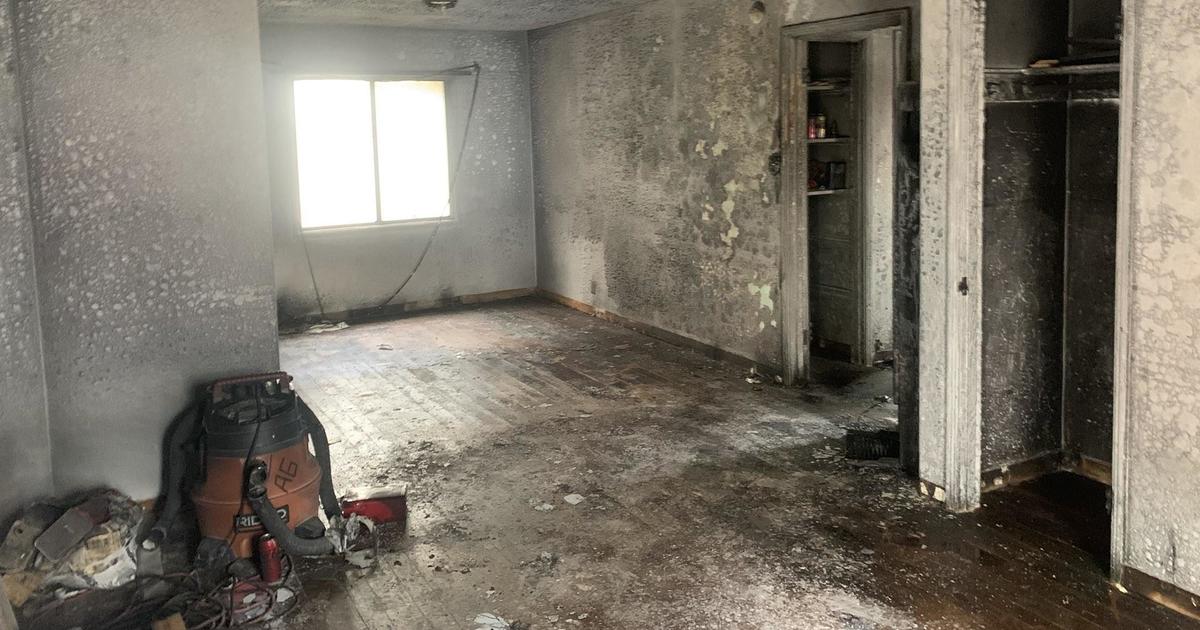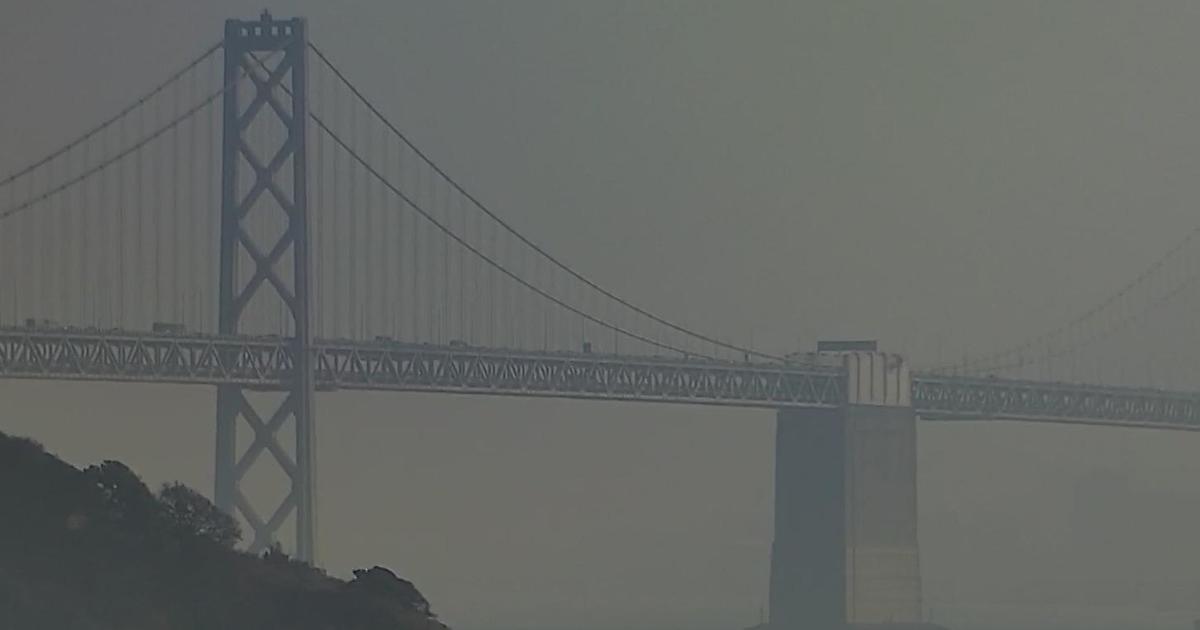Construction crews race to build replacement canal as Central Valley sinks
TULARE -- Amid worsening drought conditions statewide, part of the Central Valley has been sinking. Now, authorities are working towards a solution.
The land there started sinking almost as soon as farmers started pumping water out of the ground, but in drought periods, subsidence only picks up speed, with some parts of the valley dropping as much as a foot per year. Canals have buckled, and in some spots they can only move water at a fraction of their original capacity. After decades of sinking, the bill is coming due, and the fix might help provide some long term help.
"The perception is that the canal is just going down into a hole, but it's a whole region around here that's kind of settling in," explained Chris Hickernell, General Superintendent of the Friant Water Authority. "A lot of people don't really look at it that way, because the grapes aren't any lower and the pistachios aren't any lower. So, what?"
The canal, the bridges, the fields, everything in this part of Tulare County is settling, and the settling has upended this region's lifeline. The Friant-Kern Canal, or much of it, no longer flows downhill.
"To convey this water south, through this section, we have lost over 60% of the carrying capacity," Hickernell said of the subsidence impact.
"So every four years, we drain this canal, the entire 152 miles, for routine maintenance," said David Dees, the authority's operations supervisor. "What happens in this area is when we drain it, we still have 8 feet of water, just sitting there. And we have to get rid of it."
When the bureau of reclamation built this canal in 1949, they knew the ground was sinking. The bridges were actually made so they could be raised. But after the drought of the mid-70s things had gotten so bad that entire portions had to be rebuilt. Six feet was added to the skirt. Pipes were elbowed upwards so the roads were maxed out. By the drought of 2015 & 16 it was clear even all of that wasn't going to be enough.
"So, the idea was to parallel it, and build a new canal next to it," Hickernell said.
Now under construction, the first 10-mile phase of the new Friant-Kern canal.
"You don't realize how big some of these waterways are until you're standing in one while they're building them or they're empty," Hickernell said, standing in the massive construction site.
And it's complicated work. The old canal isn't just settling, it's starting to crumble.
"There's been a lot of leaks, a lot of squirrel holes and everything," Dees said of the challenges. "So what happens is when they hit one of those holes it creates a leak and that's what we're dealing with now."
The $300 million dollar job, paid for by the state and federal government, will sit a full 12 feet above the old canal and there will be no bridges. Engineers know this land will continue to sink.
"Yeah, that's just the world we live in," Hickernell said of the subsidence ahead. "We know it's going to happen, so we had to design something that we can work with."
But the new canal could provide some subsidence relief. This area has launched a number of groundwater recharge efforts, but those simply cannot get water, if the canal can't move it.
"If we can repair this, get the capacity back to move the water to all of these spreading grounds that these districts are investing money in," Hickernell said. "Then we can supply these things and we can recharge the grountable."
The new segment of the canal should be finished in early 2024.




